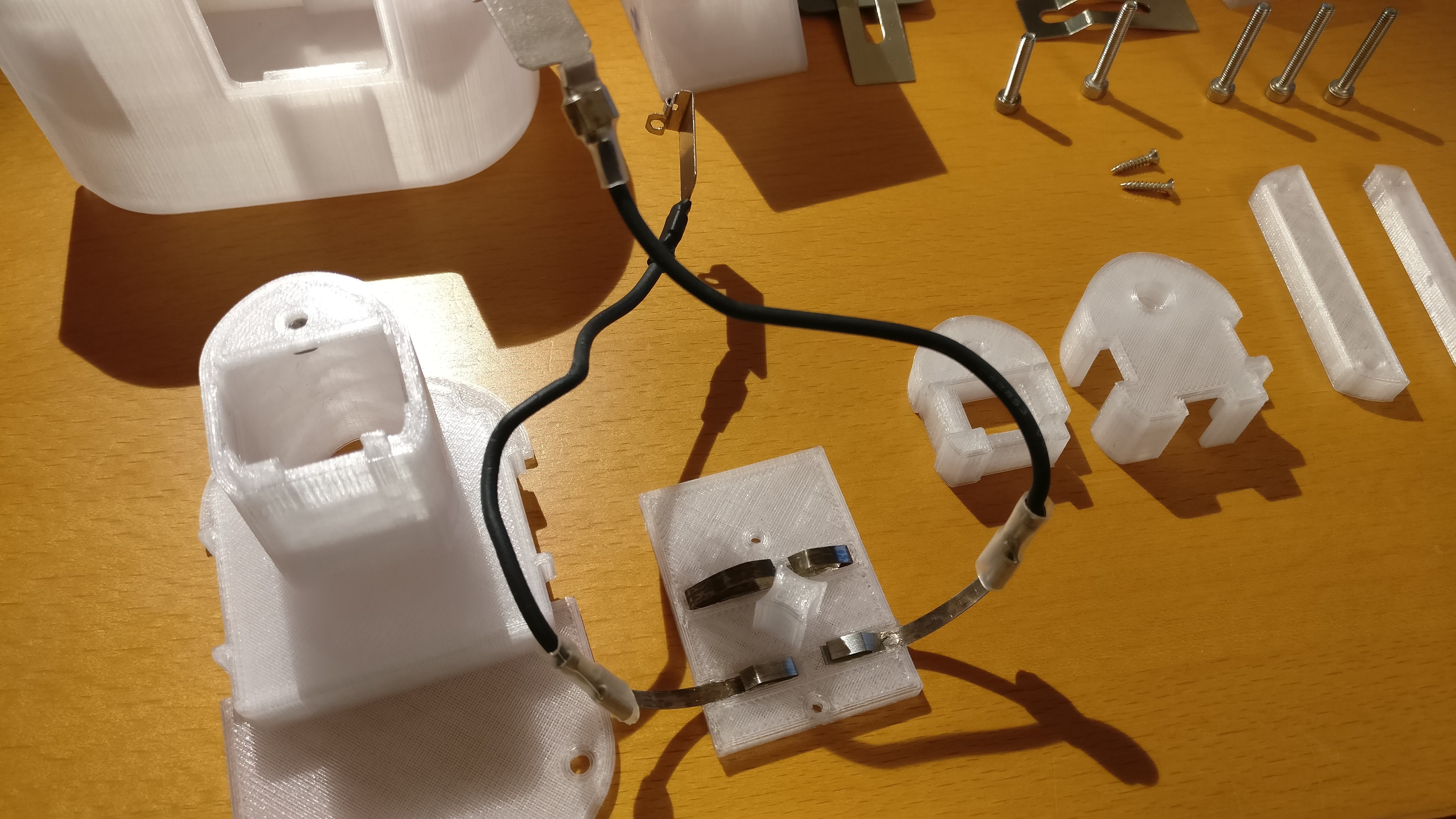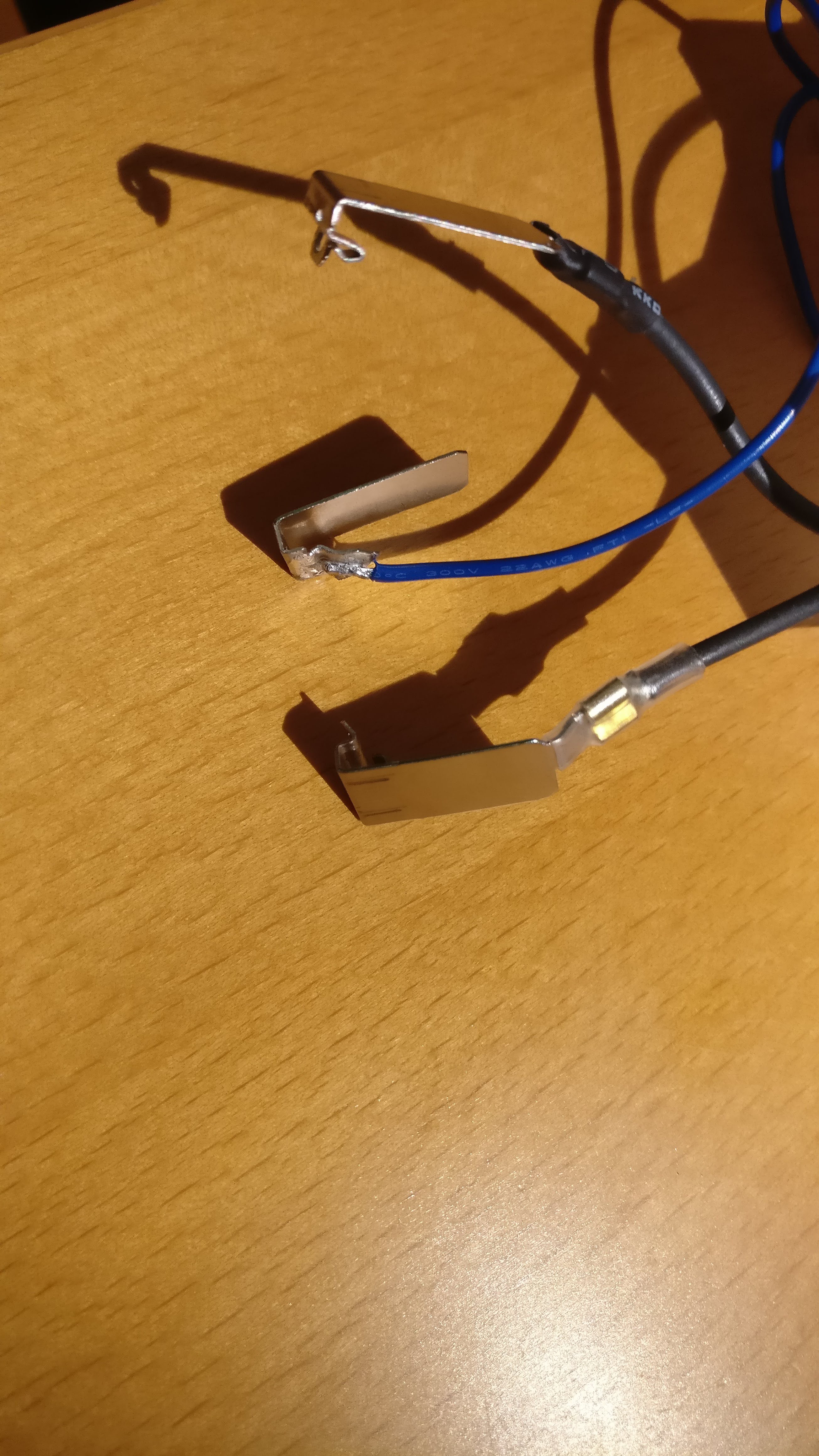Possible future modifications:
- Smaller battery body
- Simpler AA cell holder design
- the current design was a prototype design intended to test viability of different types of batteries in the drill.
- 2-speed control using 6 AA cells instead of 4, like in the original battery pack.
- only if i feel like i need 2 speeds, which so far has been never.
Notably impossible / difficult / unknown to me modifications:
Using 18650 cells - I feel unsafe using unprotected 18650 cells, but protected 18650 cells will not work (tested). I think the protection PCB is shutting off the connection when the motor is first connected due to essentially a short circuit state when the motor is connected but not spinning. Perhaps this can be done with a high power resistor attached to the low speed battery contact so when connection is first made by the drill trigger, low speed setting presents some resistance and when high speed is triggered, the drill will already be spinning so back-EMF will provide the resistance needed to avoid triggering the protection PCB.
Things I learned building this battery pack:
Motor speed and power is controlled by wattage of the battery pack. Learned this after experimenting with various buck and boost converters in the battery pack. Digital control of the drill speed/power will have to be done through PWM on e.g. a 555 timer.




Why didn't you use a li-po battery pack for RC models? They can provide significant currents.